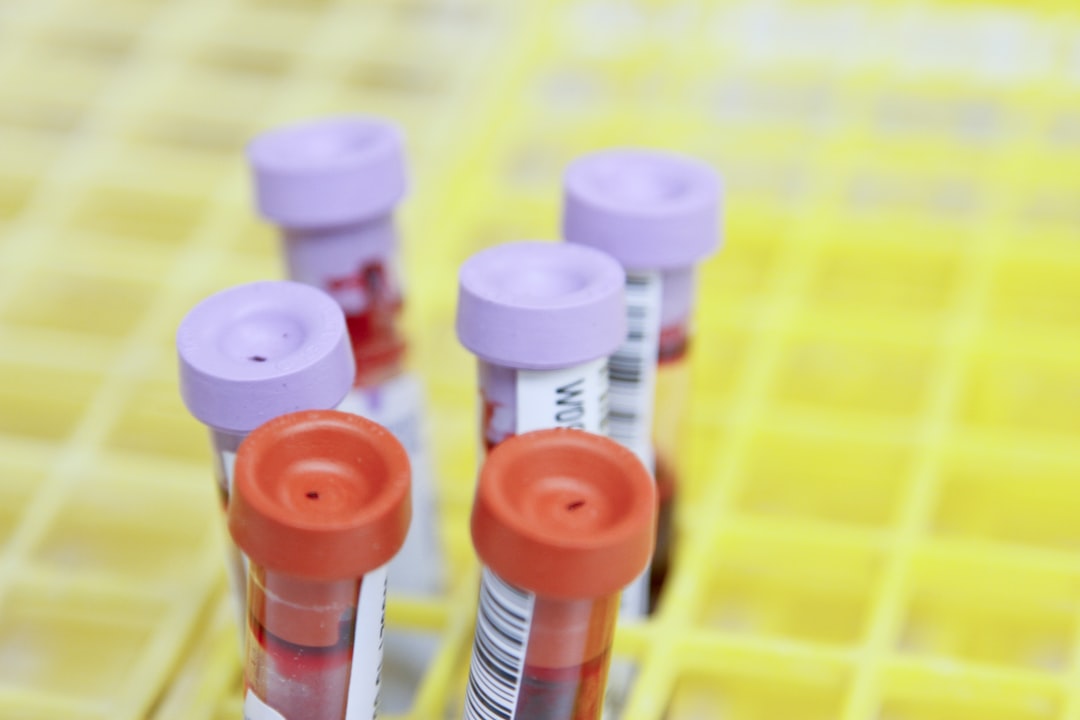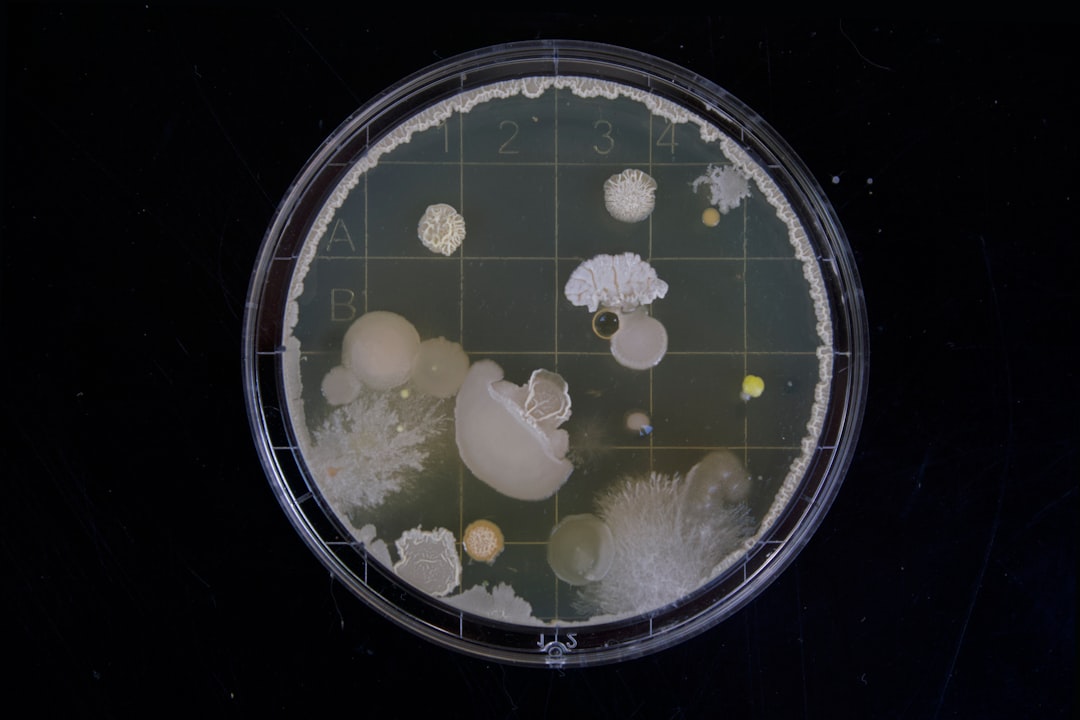What is it about?
Cyanidin 3 glucoside is a phytochemical, namely a compound found only in plants. It is the red pigment of fruits, vegetables and grains. Therefore, cyanidin 3-glucoside occurs in our diet. Diets rich in red fruits are reported to afford better cognitive performance in aged subjects. Thus, one might guess that cyanidin 3-glucoside is a neuroprotective agent. In vitro it acts so. However, can it reach the brain? Can it cross the blood-brain barrier? We detected cyanidin 3-glucoside in the brain of rats, following the intravenous injection of a minute amount of the pigment. It reached the brain at an amazing rate: after 15 seconds, it was there. Later, it disappeared along with its disappearance in the blood, due to urinary excretion and distribution in other parts of the body.
Featured Image
Why is it important?
Our data show that the brain "senses" cyanidin 3-glucoside in the blood. There is a cross-talk between the brain and the blood, and what we choose to eat.
Perspectives
This is another work witnessing a wonderful collaboration with the group lead by Dr, Fulvio Mattivi at the Fondazione Edmund Mach in San Michele all'Adige (Trento, Italy). We started our work together back in 2000 and published our first paper in 2002. We have joined two different expertise and infrastructures. Analytical chemistry and pharmacology/physiology. Great team. Our goal is to understand the value of food for preservation of health. We can call it "food discovery".
Professor Sabina Passamonti
University of Trieste
Read the Original
This page is a summary of: Determination of cyanidin 3-glucoside in rat brain, liver and kidneys by UPLC/MS-MS and its application to a short-term pharmacokinetic study, Scientific Reports, March 2016, Nature,
DOI: 10.1038/srep22815.
You can read the full text:
Contributors
The following have contributed to this page










